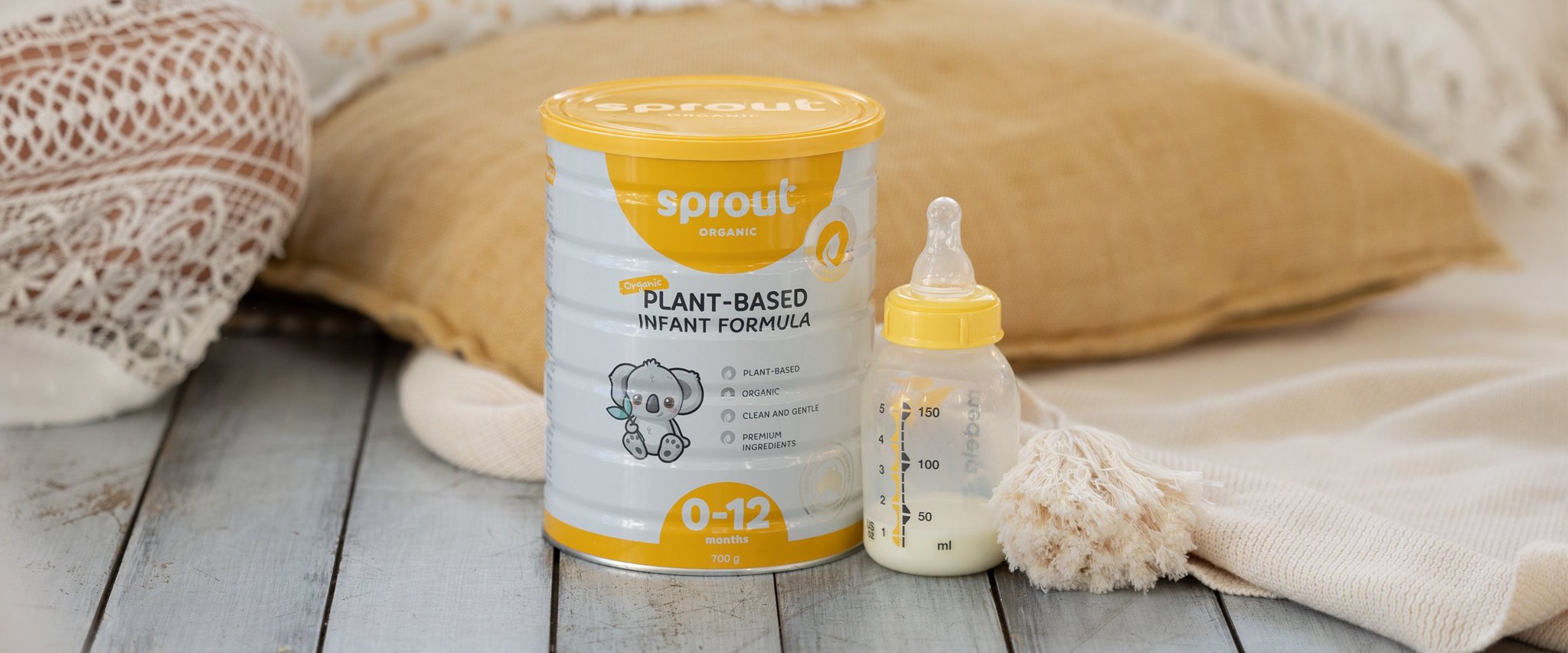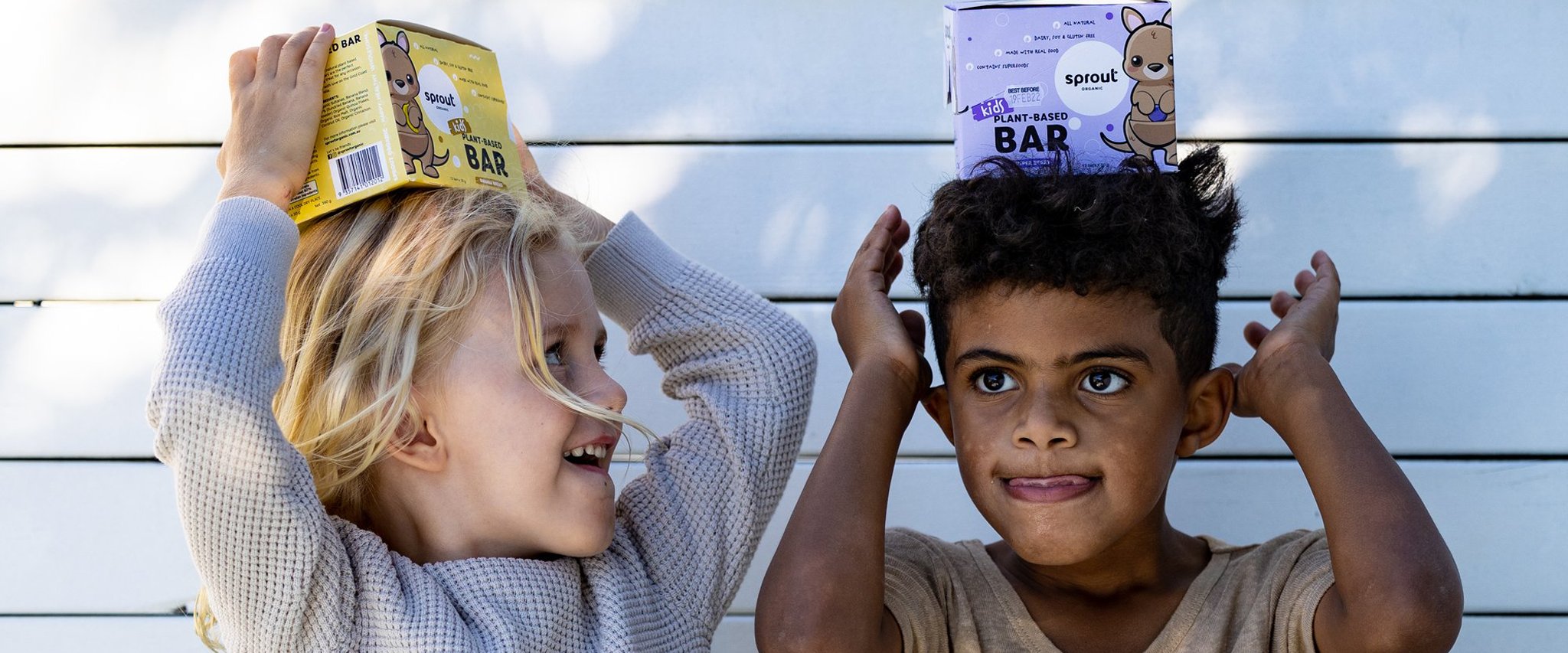A Dietitian's Guide to Plant Protein for Kids
As parents, one of the most common questions we hear when raising kids on a plant-based diet is: “But where do they get their protein?”
The truth is, with the right knowledge and balance, children can absolutely meet their protein needs through plants. To help guide you, we’ve teamed up with accredited dietitian Monica Rundle to break down everything you need to know about protein for growing kids.
What Does Protein Actually Do?
Protein is crucial for children’s development. It acts as the building blocks for:
-
Growth and development
-
Immune function
-
Enzyme production
-
Hormone synthesis
-
Brain development
-
Back-up energy
Simply put, protein helps little bodies grow strong, healthy, and resilient.

Is Protein Really “Hyped Up”?
Here’s the truth: protein anxiety is often overblown, especially in developed countries.
-
While protein is essential, most kids (including those on plant-based diets) can easily meet their needs
-
The “protein obsession” in Western culture can overshadow other crucial nutrients, like fibre
What Does the Science Say?
Research consistently shows that well-planned vegan and vegetarian diets provide sufficient protein for children.
The VeChi Study in Germany investigated the diets of vegan and vegetarian children. Findings revealed:
-
Protein intakes in vegan and vegetarian kids were higher than national recommendations
-
Omnivorous children consumed more calories from protein, fat, and added sugars, while vegan children relied more on carbohydrates and fibre
-
The real concern isn’t too little protein, but ensuring balanced overall nutrition
How Much Protein Do Kids Actually Need?
Many parents overestimate protein requirements. Here’s a guide to recommended daily intakes (RDI):
-
Infants (7–12 months): 14g
-
Toddlers (1–3 years): 14g
-
Kids (4–8 years): 20g
-
School age (9–13 years): 35g (girls), 40g (boys)
-
Teens (14–18 years): 45g (girls), 65g (boys)
Example: A toddler’s needs (14g) can be met with ½ cup oats + ½ cup soy milk + 2 tbsp peanut butter.

Can Plants Provide Complete Protein?
Absolutely! The idea that plant proteins are “incomplete” is outdated science.
-
The body stores amino acids from different foods and combines them to create complete proteins
-
With variety across the day, children get all the amino acids they need
-
There’s no need to stress about “protein combining” at every meal
Key Plant Protein Sources for Kids
Here are some easy, protein-packed staples for children:

What 25g of Protein Looks Like (Sample Meal Plan)
-
Breakfast: Oatmeal with almond butter (8g)
-
Lunch: Hummus wrap with hemp seeds (7g)
-
Snack: Soy milk smoothie (7g)
-
Dinner: Lentil bolognese (5g)

Protein Boosters
Quick ways to add more protein into kids’ meals:
-
Add hemp seeds to smoothies
-
Keep nut/seed butters handy
-
Batch cook lentils for the week
-
Choose protein-rich plant milks (we love soy)
-
Try chickpea or lentil pasta
-
Drizzle tahini over oats or toast
- Add Sprout Organic Kids Essential Shake to smoothies, muffins, pancakes and bliss balls

Want more support?
The information shared is for informational purposes only and does not constitute medical advice. Always consult with a paediatrician or a dietitian for personalised advice.






Leave a comment